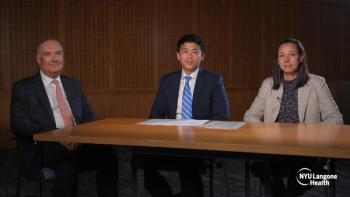
Why managing dry eye is crucial in laser vision correction success
Proactive handling of pre-existing dry eye in laser vision correction patients will improve the accuracy of custom ablations and lower the risk of postoperative dry eye-related problems
Take-Home:
Proactive handling of pre-existing dry eye in laser vision correction patients will improve the accuracy of custom ablations and lower the risk of postoperative dry eye-related problems.
A cornea (Mag 25 X) of a patient whose LASIK-induced neurotrophic epitheliopathy developed a 1 week after surgery with no history of dry eye prior to LASIK. (Image courtesy of Steven E. Wilson)
By Cheryl Guttman Krader; Reviewed by Steven E. Wilson, MD
Cleveland-Identification and management of dry eye is crucial for achieving successful outcomes and patient satisfaction after laser vision correction (LVC), said Steven E. Wilson, MD.
“When it comes to dry eye after LASIK, prevention through preoperative management is the best treatment,” said Dr. Wilson, professor of ophthalmology and director of corneal research, Cole Eye Institute, Cleveland Clinic, Cleveland. “By avoiding postoperative dry eye and LASIK-induced neurotrophic epitheliopathy (LINE), your patients will be much happier and therefore more likely to refer.”
Dry eye after LVC is an overlap condition consisting of inflammatory-based dry eye-which may exist prior to surgery-and LINE, which develops postoperatively due to loss of nerve-secreted trophic factors necessary for epithelial cell viability.
Since pre-existing inflammatory dry eye exacerbating after LASIK is a risk factor for more severe LINE-which mostly presents with bothersome fluctuating vision and can compromise the refractive outcome of a custom ablation by confounding the wavefront analysis-surgeons must be proactive in addressing dry eye, Dr. Wilson said.
The need to screen LVC candidates for existing dry eye is reinforced by patients with dry eye experiencing contact lens intolerance and thereby self-select for refractive surgery.
Treatment to normalize the ocular surface prior to surgery is indicated in any patient with punctate staining.
Topical cyclosporine 0.05% (Restasis, Allergan) is the treatment of choice and is supplemented routinely with non-preserved artificial tears, Dr. Wilson said.
A topical corticosteroid can be added to hasten the response in cases of more severe dry eye.
Other modalities for dry eye management, including punctal plugs, dietary supplements, and attention to environmental factors (e.g., room humidity), may also be part of the management plan.
Patients are re-evaluated after 1 month and those with mild dry eye may have an adequate response and can proceed with surgery.
However, if corneal staining persists and the Schirmer test score is ≤5 mm, patients are instructed to continue with cyclosporine for another few months before re-evaluation.
“Remember that in the phase III trial of cyclosporine (for keratoconjunctivitis sicca), about half of patients did not achieve benefit for 4 to 5 months after starting the medication,” Dr. Wilson said.
Additionally, he said, if the Schirmer test score does not exceed 5 mm, PRK may be cautiously considered as an alternative to LASIK, but many of these patients are not candidates for PRK or LASIK.
Cyclosporine is stopped on the day of LVC and then continued for 6 to 8 months postoperatively.
LINE management
Some patients may develop LINE in the absence of pre-existing dry eye. However, many of those individuals could have had occult inflammatory dry eye predisposing them to LINE.
If LINE develops, topical cyclosporine is again the treatment of choice.
In his experience, Dr. Wilson said, more than 85% of patients will respond within 1 month after starting the immunomodulator. If patients have good tear production, a bandage contact lens may also be placed for the first few months after surgery to limit vision fluctuation associated with LINE.
LINE that does not respond to topical cyclosporine may be expected to resolve spontaneously at 6 to 8 months postoperatively when the nerves regenerate into the flap.
LASIK chronic pain syndrome
Dr. WilsonPatients who complain of ongoing pain, despite effective treatment of dry eye and other ocular surface conditions, may have LASIK chronic pain syndrome-a very rare condition that may be confused with LASIK dry eye but is thought to represent an ocular reflex sympathetic dystrophy.
Dr. Wilson said he first described LASIK chronic pain syndrome in 2008 after making the diagnosis in 2 patients. Over the next 5 years, he encountered the condition in only 1 other patient.
“Refractive surgeons may see just 1 or 2 patients with LASIK chronic pain syndrome in their careers, but consider this diagnosis if you’ve excluded and treated every other cause for the patient’s complaints,” Dr. Wilson said.
Pain in patients with LASIK chronic pain syndrome is chronic, but the intensity varies from day to day. It appears to respond to gabapentin, pregabalin, or topiramate.
Ophthalmologists unfamiliar with those medications, which are dosed with upward titration, may consider collaborating with a neurologist or other colleague who is accustomed to prescribing them.
All 3 patients he has seen with LASIK chronic pain syndrome, Dr. Wilson said, had a procedure using a mechanical microkeratome for flap creation. However, with so few cases, it cannot be said whether that technique is a risk factor.
Steven E. Wilson, MD
Dr. Wilson is a consultant to and serves on the speakers’ bureau for Allergan.
Newsletter
Don’t miss out—get Ophthalmology Times updates on the latest clinical advancements and expert interviews, straight to your inbox.


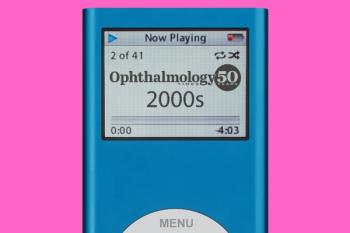


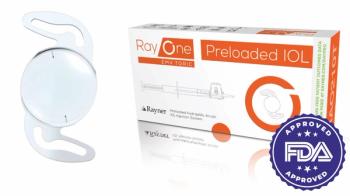



























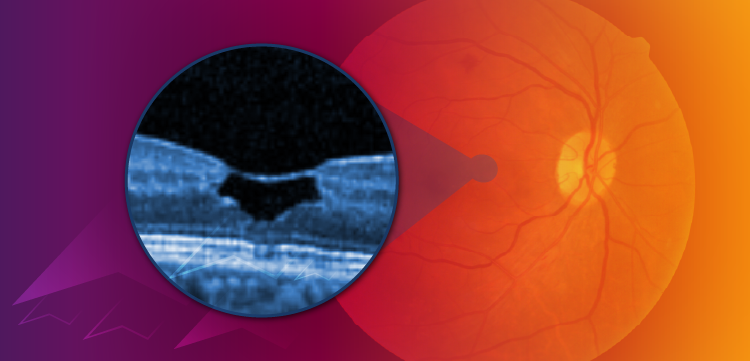
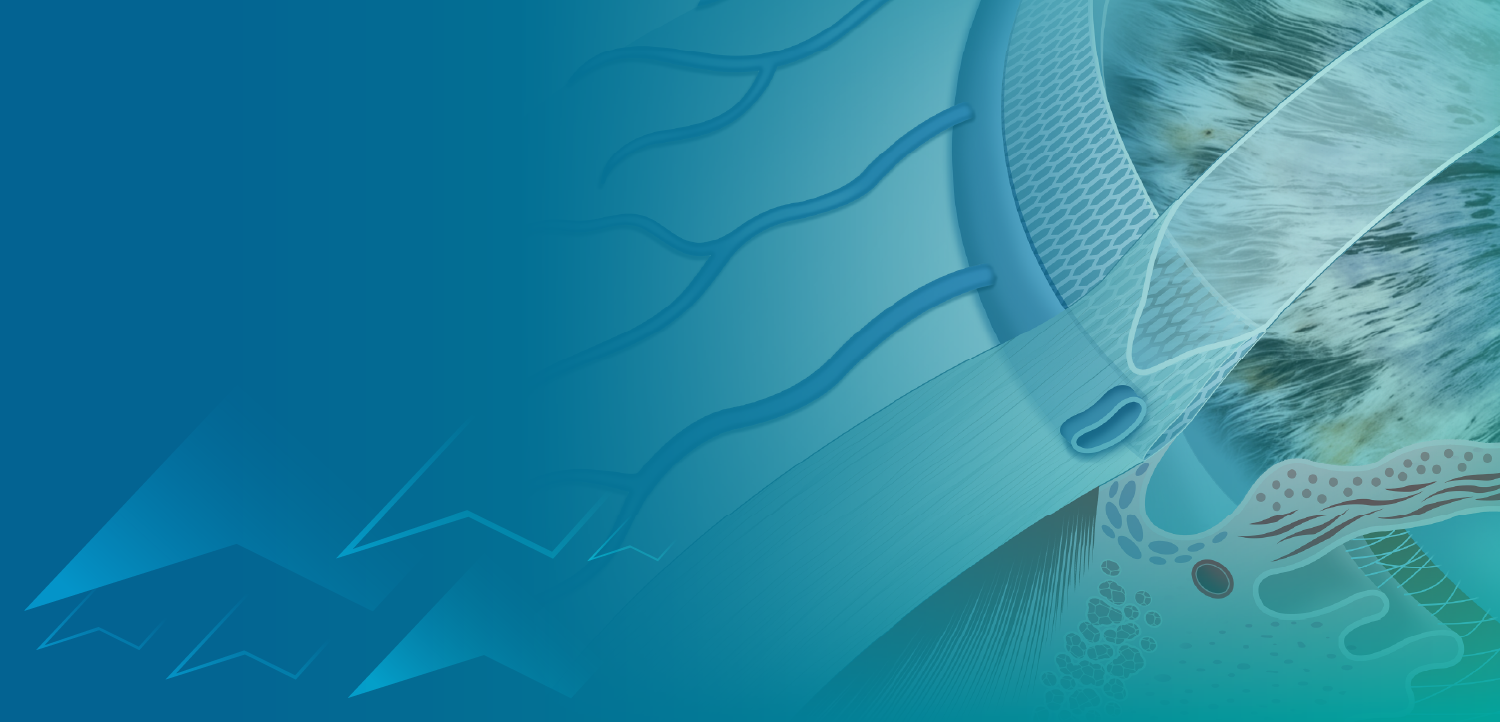



















.png)


